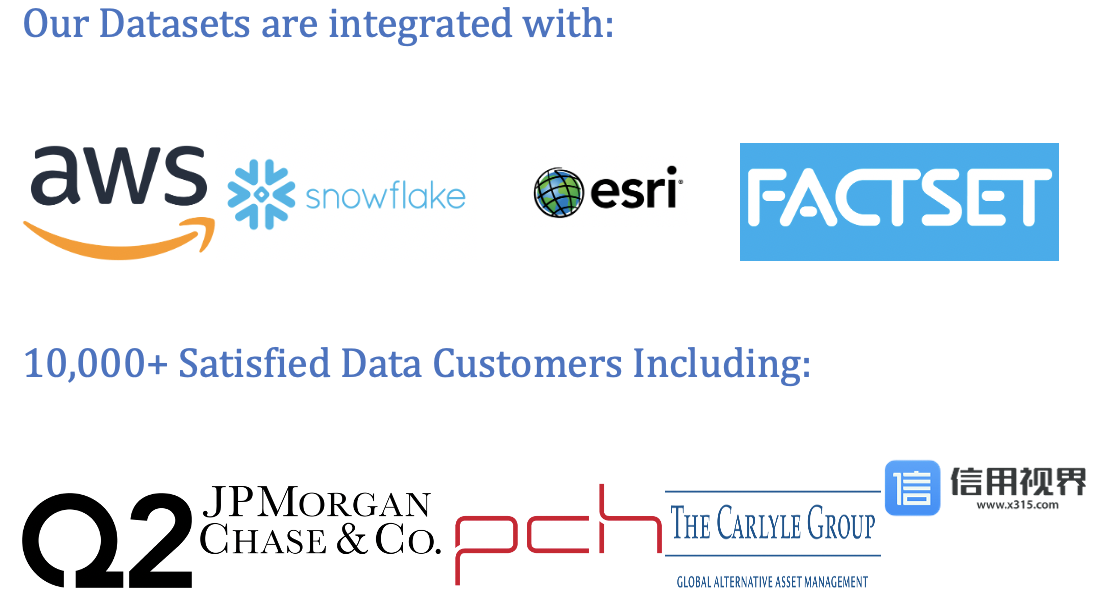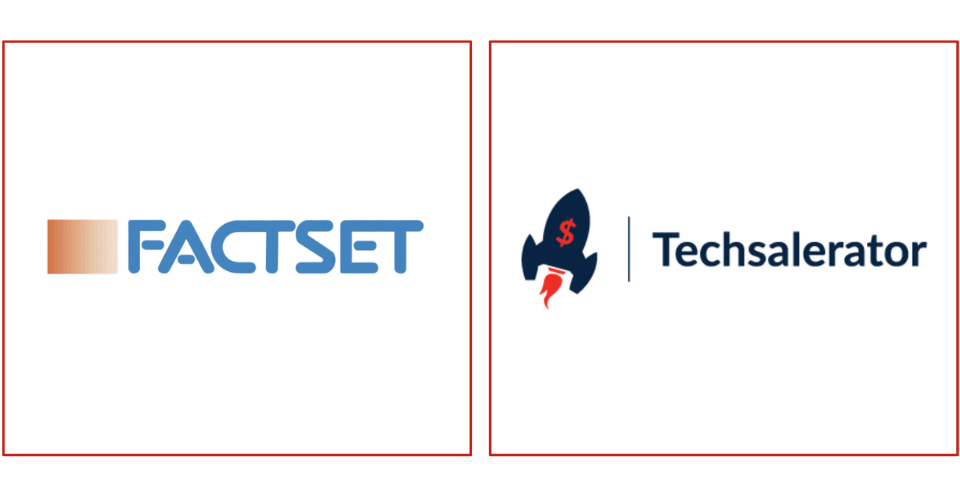
Top Web Content Interaction Data Providers
Understanding Web Content Interaction Data
Web Content Interaction Data is collected through various tracking mechanisms embedded within web pages, content management systems, social media platforms, and digital analytics tools. These mechanisms capture user interactions in real-time or retrospectively and store the data for analysis and interpretation. Web analysts, content creators, and digital marketers utilize this data to assess content performance, optimize user experiences, and refine content strategies to resonate with their target audience.
Components of Web Content Interaction Data
Key components of Web Content Interaction Data include:
- Click Tracking: Records user clicks on hyperlinks, buttons, images, and interactive elements within web content, providing insights into user engagement and navigation patterns.
- View Tracking: Tracks the number of views or impressions received by web content, such as articles, videos, images, and ads, indicating content visibility and reach.
- Social Engagement Metrics: Measures user interactions with content on social media platforms, including likes, shares, comments, retweets, and mentions, gauging audience engagement and content virality.
- Time-based Metrics: Quantifies user engagement with content over time, including dwell time (time spent on page), scroll depth (scrolling behavior), and session duration, revealing content engagement trends and user preferences.
- Conversion Metrics: Tracks user actions or conversions attributed to specific content, such as sign-ups, downloads, purchases, or other goal completions, assessing content effectiveness in driving desired outcomes.
Top Web Content Interaction Data Providers
- Leadniaga : Leading the forefront in web content interaction analytics, Leadniaga offers advanced solutions tailored to businesses and organizations. Their platform provides comprehensive insights into user interactions with web content, enabling clients to optimize content strategies, enhance user experiences, and drive audience engagement effectively.
- Google Analytics: A widely recognized analytics platform, Google Analytics offers robust tools for tracking and analyzing user interactions with web content. From click tracking to engagement metrics, Google Analytics provides valuable insights to optimize content performance and audience engagement.
- Adobe Analytics: Part of the Adobe Experience Cloud, Adobe Analytics offers advanced capabilities for measuring and analyzing web content interactions. Its comprehensive suite of tools enables businesses to understand user behavior, optimize content strategies, and deliver personalized experiences across digital channels.
- Heap Analytics: Known for its user-friendly approach to analytics, Heap Analytics automates the capture of user interactions with web content, enabling retroactive analysis and behavioral segmentation without the need for manual event tracking. Its intuitive features provide actionable insights to drive content optimization and audience engagement.
- Mixpanel: Focused on user behavior tracking and engagement analysis, Mixpanel provides event-based analytics for understanding how users interact with web content. Its advanced insights into user behaviors, trends, and content preferences empower businesses to create compelling content experiences and drive audience engagement.
Importance of Web Content Interaction Data
Web Content Interaction Data holds significant importance for businesses and organizations for the following reasons:
- Content Optimization: Helps optimize content performance, user engagement, and conversion rates by analyzing user interactions and refining content strategies based on data-driven insights.
- Audience Engagement: Provides insights into audience preferences, interests, and behaviors, enabling businesses to create relevant, engaging, and personalized content experiences.
- Content Effectiveness: Measures the impact of content on audience engagement, brand awareness, lead generation, and conversion outcomes, enabling businesses to allocate resources effectively and maximize ROI.
Applications of Web Content Interaction Data
The applications of Web Content Interaction Data encompass:
- Content Strategy Optimization: Guides content creation, distribution, and promotion efforts based on user preferences, engagement metrics, and conversion data to drive audience engagement and achieve business objectives.
- User Experience Enhancement: Improves user experiences by optimizing content layout, design, and navigation based on user interactions, feedback, and behavioral insights to enhance usability and satisfaction.
- Conversion Rate Optimization: Identifies high-performing content assets and conversion paths to optimize conversion funnels, call-to-action placements, and content strategies to maximize conversion rates and revenue generation.
Conclusion
In conclusion, Web Content Interaction Data serves as a vital resource for understanding user engagement, content effectiveness, and audience preferences in the digital landscape. With top providers like Leadniaga and others offering advanced analytics solutions, businesses can harness Web Content Interaction Data to optimize content strategies, enhance user experiences, and drive audience engagement effectively. By leveraging the insights gleaned from Web Content Interaction Data, organizations can create compelling content experiences, foster audience engagement, and achieve their business goals in today's competitive digital environment.
Our Datasets are integrated with :



10,000+ Satisfied Data Customers including :








